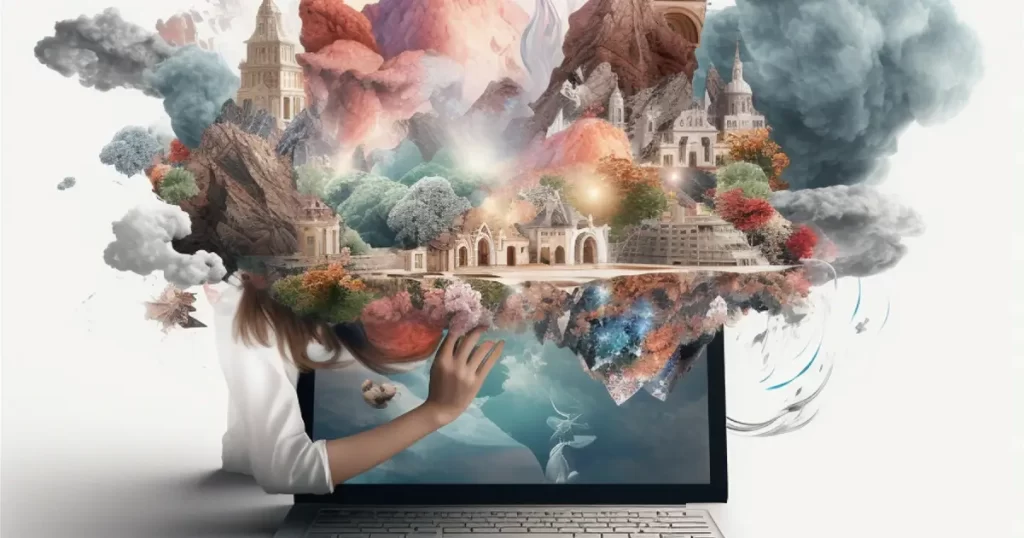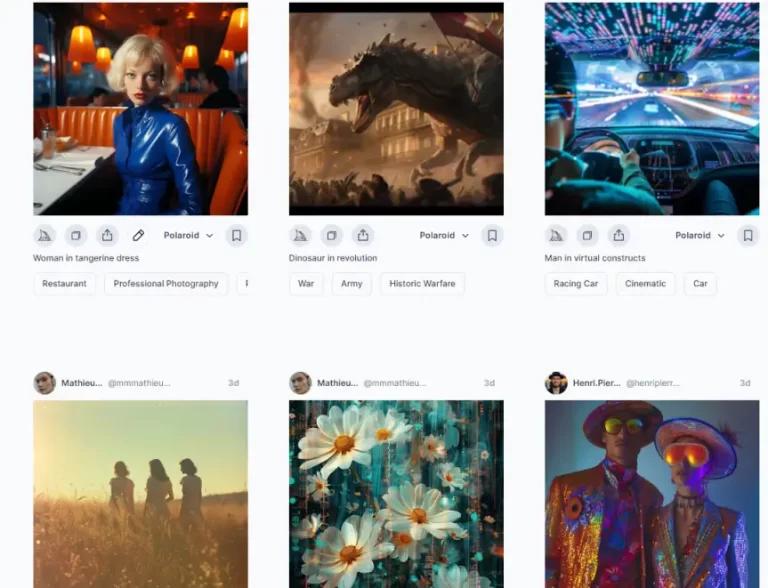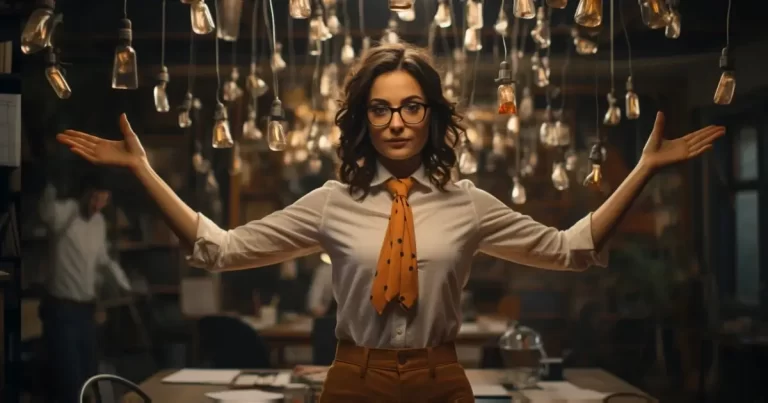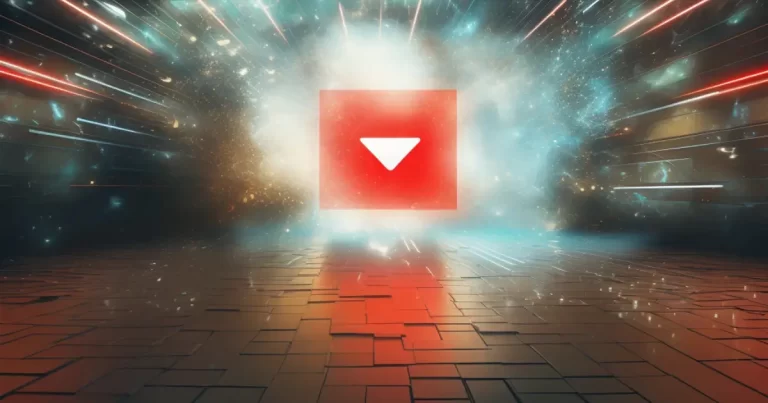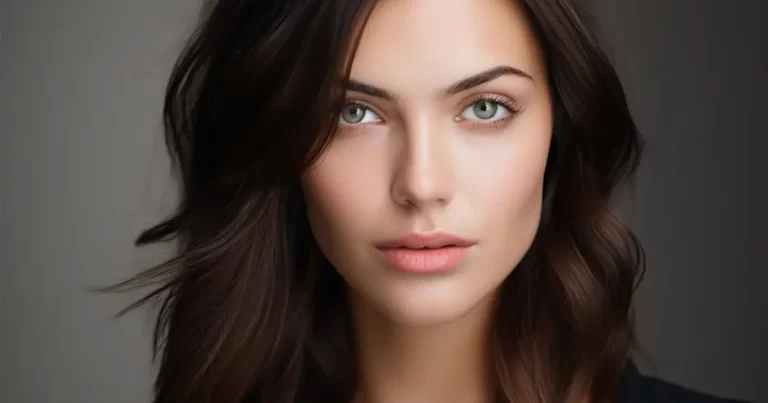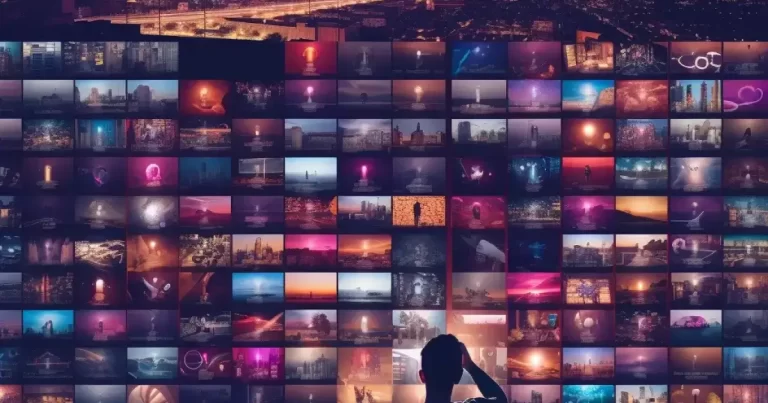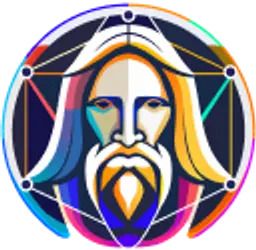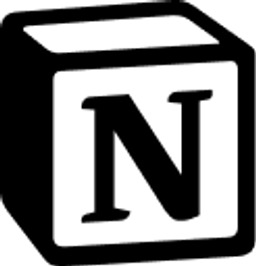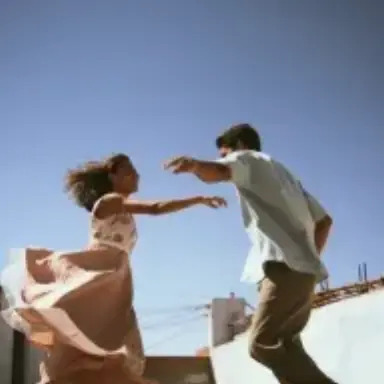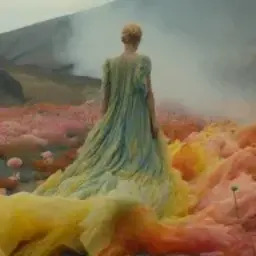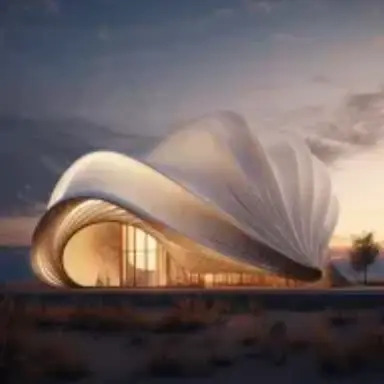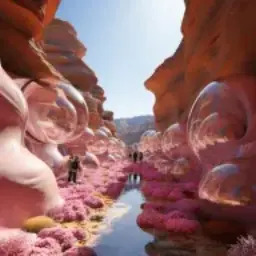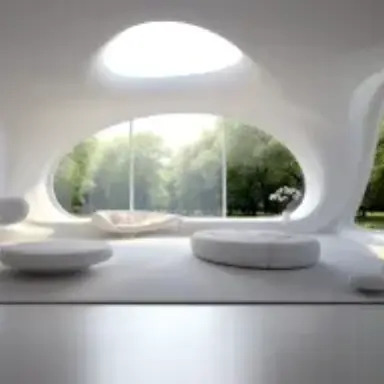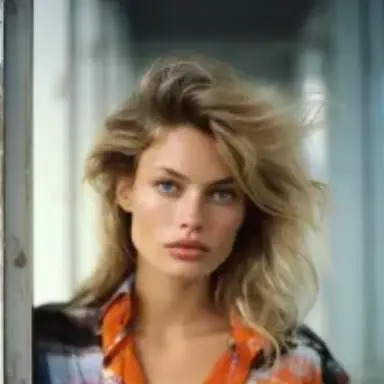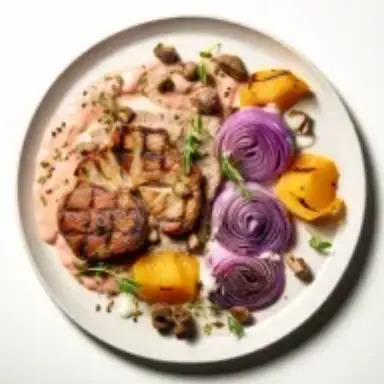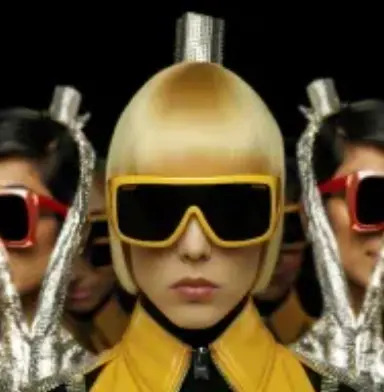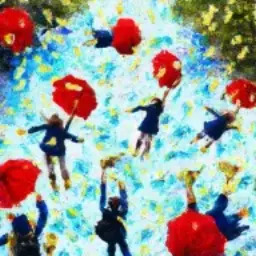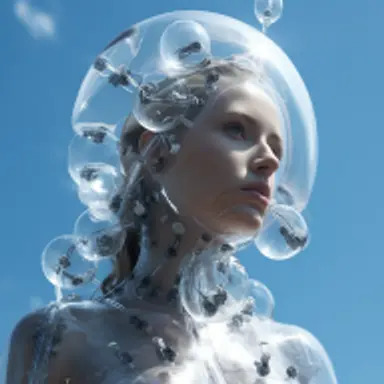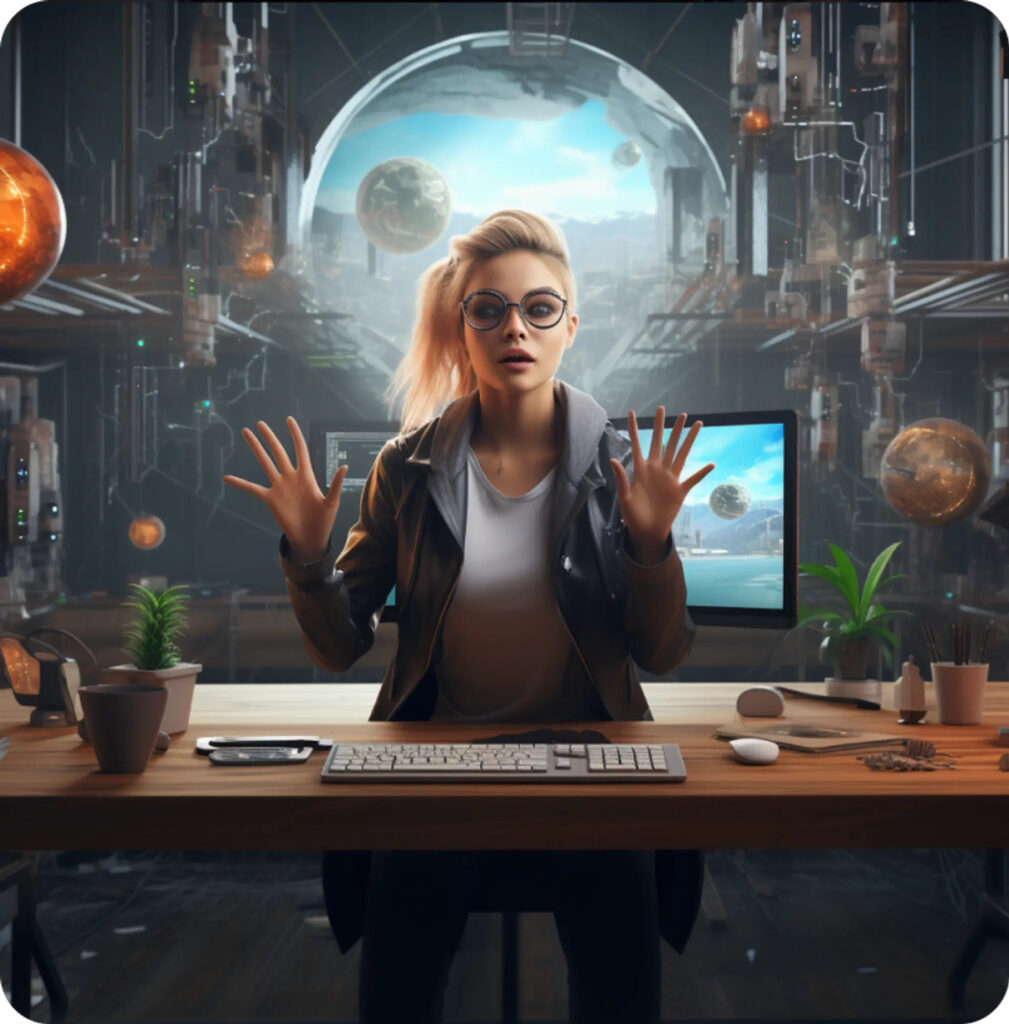Imagine an AI that can generate breathtaking images from simple textual descriptions, unlocking limitless possibilities for your creative projects.
That’s what Leonardo AI offers. In this blog post, we’ll guide you through the process of “how to write Leonardo AI prompts”, helping you unleash the full potential of this powerful AI tool.
Short Summary
- This guide provides a comprehensive overview of creating effective prompts for Leonardo AI to generate stunning images.
- Understand the basics, incorporate keywords into prompts, and select subjects aligned with artistic vision when crafting compelling requests.
- Explore advanced techniques such as Style Fusion, Lighting & Texture Prompts and Negative Prompts for complex results.
Mastering the Art of Leonardo AI Prompts
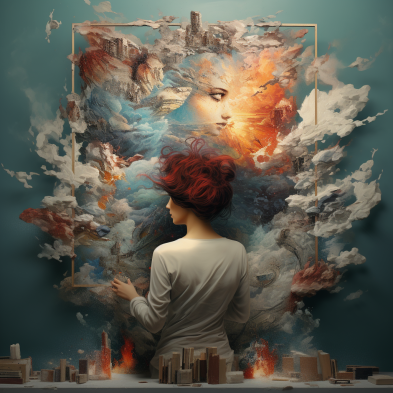
Leonardo AI is a sophisticated language model developed by OpenAI that leverages deep learning techniques and a vast dataset to generate text responses that are comparable to those of humans.
It can also create stunning images based on the prompts provided. To improve visual appeal with engaging, realistic images, it is crucial to include intricate details in the prompts for Leonardo AI.
This article aims to furnish a thorough guide to engineering effective prompts for Leonardo AI, enabling users to create amazing images using the AI. Prompt engineering is the process of creating interactions that are optimized for Leonardo AI.
It involves tailoring prompts to ensure a user-friendly experience. This entails utilizing specific language and keywords to facilitate Leonardo AI’s comprehension of the desired outcome, ensuring a sharp focus on the intended subject.
Understanding the practice of applying prompts is essential for attaining desired outcomes, such as generating a close-up portrait or other specific image types.
Well-crafted prompts are essential for producing exceptional AI images, as they effectively convey the artistic vision to AI Art Generators and provide all the necessary instructions to generate images.
Understanding the Basics
Leonardo AI is an advanced system trained on a vast collection of internet images that utilizes these images to generate visually appealing outputs based on the text prompt provided.
Prompts for AI art generators are essential, as they enable the user to define the desired art and generate unique and remarkable AI images. A variety of prompt types are available, including paper art prompts, layered paper art prompts, and isometric art prompts.
For example, a paper art prompt could be “a detailed paper cut of a cityscape in shades of blue and gray”, while an isometric art prompt might describe “an isometric portrait of a cute cat.”
When it comes to creating distinct and feasible image prompts, it is essential to achieve the desired outcome. Refinement is crucial in training the model to generate more precise and desirable outcomes, such as intricately detailed images. By adhering to the Leonardo AI prompts guide, the user is able to leverage Leonardo to generate stunning images and gain knowledge on how to compose prompts for Leonardo AI.
The Power of Keywords
Keywords play a significant role in aiding Leonardo AI to comprehend the desired output, which can range from abstract to hyper-realistic images. They have a substantial effect on the caliber and aesthetic of AI-generated images.
For instance, the adjective “beautiful” can impart a smoother aesthetic and emphasize certain attractive features, such as hands or eyes. On the other hand, the term “cute” can create a sense of softness and emphasize certain characteristics in AI-generated images.
Incorporating details into photographs can improve the quality and aesthetics of AI-generated images. For example, the prompt for the Phastasmal Iridescent Art in the source section is: “A cityscape of iridescent buildings shimmering in the sunlight”.
Incorporating keywords in Leonardo AI prompts facilitates the attainment of the most accurate desired image. By harnessing the power of keywords, you can create stunning images that accurately reflect your creative vision.
Crafting Compelling Prompts
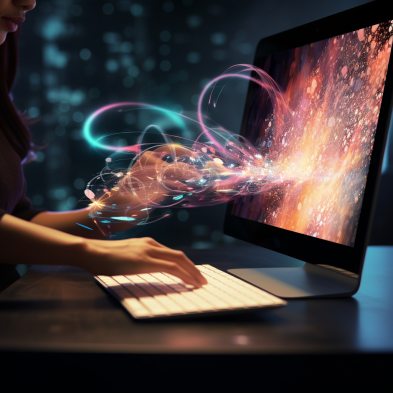
This section will provide a step-by-step guide to creating engaging prompts for Leonardo AI. We’ll cover subject selection, style choice, and incorporating additional details to help you craft image prompts that effectively communicate your artistic vision to the AI, resulting in remarkable AI-generated images.
Selecting the Subject
Subject selection is the first step in creating an effective prompt. The selection of suitable subjects for digital painting using Leonardo AI Prompts is largely dependent on individual preference and the desired outcome.
Popular subjects include backlit scenes, mood lighting, glowing or shimmering objects, polished surfaces, hand-drawn illustrations, Pixar-inspired scenes, cyberpunk aesthetics, realistic portrayals, Studio Ghibli-inspired landscapes, cosmic exploration of the universe, rusty Volkswagen camper van, alien home tree building, lightning strikes, surrealistic paintings, glamour shots of samurais, and mind-boggling concepts like a smart lion and magical forest.
The desired outcome of the image request will vary based on the individual’s preferences and the purpose of the generated image. For instance, if the image is intended to be used for commercial purposes, a realistic portrayal of the subject may be desired.
Alternatively, if the image is intended to be used for a creative project, a surrealistic painting or a mind-blowing concept may be the desired outcome. By carefully selecting the subject, you can ensure that the AI-generated images align with your artistic vision.
Choosing the Style
When determining the style of a prompt, one should consider the context of the conversation, the target audience, and the desired outcome. The style plays a critical role in the design of Leonardo AI Prompts, as it can aid in crafting a distinctive and aesthetically pleasing image.
Leonardo AI Prompts offer a variety of styles, including backlit, mood lighting, glowing, shimmering, polished, illustration, Pixar, cyberpunk, realism, Studio Ghibli, landscape marvels, urban metropolises, portraits of emotion, nature’s wonders, still life vignettes, and cars.
Experimentation and refinement are invaluable when selecting a style for Leonardo AI Prompts, as they enable exploration of different styles to determine the one most suitable for your needs. Additionally, it provides the opportunity to further develop the style over time. By choosing the right style, you can create AI-generated images that resonate with your target audience and effectively communicate your creative vision.
Incorporating Additional Details
When creating a prompt, it is important to consider any additional details that may be necessary to ensure clarity and specificity. This could include the use of keywords, the inclusion of specific objects or characters, or the utilization of specific lighting or textures.
Texture prompts can significantly boost the visual appeal of AI-generated images. For example, smooth, rough, translucent, knobby, glossy, matte, or feathery can be used to prompt descriptions of texture.
Strategizing for efficient utilization of lighting and texture prompts may include trial and error with various lighting styles, utilizing keywords to generate more precise prompts, and engaging with other creatives for feedback and inspiration. By incorporating additional details into your prompts, you can enhance the final result, ensuring that your AI-generated images accurately reflect your artistic vision.
Advanced Prompt Techniques

In this section, we’ll explore advanced techniques for creating more complex and unique prompts. These include style fusion, lighting and texture prompts, and negative prompts. These techniques can help you push the boundaries of what’s possible with Leonardo AI and generate even more innovative and captivating images.
Style Fusion
Style fusion within Leonardo AI prompts is the combination of various artistic styles and genres to create unique and captivating AI-generated images. Incorporating diverse genres and artists’ names can lead to astonishing and captivating artistic creations.
For example, a prompt that employs this technique might describe a scene with a captivating fusion of Michelangelo’s classical artistry and the captivating aesthetic of anime: “A young woman gracefully holding a cherry blossom branch in a traditional Japanese garden, adorned with vibrant blooms, a serene koi pond, and an ornate pagoda, bathed in the gentle glow of the rising sun”.
It is beneficial to experiment with different artists to assess which styles fuse together better. When the AI blends the styles, the result can be quite impressive. We recommend selecting three or more random artists to experiment with. By combining different artistic styles, you can create unique and visually stunning AI-generated images that stand out from the crowd.
Lighting and Texture Prompts
Incorporating specific lighting and texture prompts can have a significant impact on the appearance and mood of AI-generated images. For instance, neon, bioluminescent, holographic, and Chiaroscuro lighting are some examples of lighting styles that can be used in prompts.
To create the illusion of numbers and scale shift, you can utilize techniques such as forced perspective, overlapping elements, and utilizing different sizes of objects.
Strategizing for efficient utilization of lighting and texture prompts may include trial and error with various lighting styles, utilizing keywords to generate more precise prompts, and engaging with other creatives for feedback and inspiration. By using specific lighting and texture prompts, you can enhance the visual appeal of your AI-generated images and create pieces that are truly captivating.
Negative Prompts
Negative prompts are prompts that can influence the AI’s understanding of the picture request by indicating what to avoid. By utilizing negative prompts, you can refine your image requests and achieve desired results without contradicting positive prompts.
For example, if you want to generate an image of a landscape without any buildings, you could provide a negative prompt such as “a serene forest landscape with no buildings in sight.”
Negative prompts can be a powerful tool for guiding the AI’s image generation process and ensuring that undesired elements are not present in the final result. By employing negative prompts in your image requests, you can gain greater control over the AI-generated images and ensure that they better align with your artistic vision.
Inspiring Examples of Leonardo AI Prompts

In this section, we’ll showcase a variety of successful Leonardo AI prompts, including realistic landscapes, surreal and abstract art, portraits, and character design. These examples demonstrate the incredible potential of Leonardo AI to generate stunning images based on well-crafted prompts, offering inspiration for your own creative projects.
Realistic Landscapes
Leonardo AI has the capability to generate stunning, realistic landscape images based on well-crafted prompts. For example, a prompt describing a “smart lion in a magical forest” could result in a highly detailed and visually impressive image, showcasing the incredible potential of Leonardo AI in generating realistic landscapes.
By carefully crafting prompts that describe the desired elements of a landscape, such as terrain, vegetation, water, and other features, you can guide Leonardo AI to create stunning images that accurately reflect your artistic vision and captivate your audience. The possibilities are endless, and the results can be truly breathtaking.
Surreal and Abstract Art
Leonardo AI is equally adept at generating surreal and abstract art pieces, highlighting the creative potential of this powerful AI tool. For example, a prompt that describes “crafting a surreal scenery that draws inspiration from a different world” could result in a captivating and thought-provoking image, demonstrating the limitless possibilities of Leonardo AI.
By experimenting with different styles and techniques within your prompts, you can unlock the full potential of Leonardo AI and create unique and engaging surreal and abstract art pieces. These AI-generated images can serve as a source of inspiration and help you push the boundaries of your own artistic endeavors.
Portraits and Character Design
Leonardo AI can also generate detailed and unique portraits and character designs through well-crafted prompts. For example, a prompt describing a “close-up portrait of a young woman with piercing green eyes and vibrant red hair” could result in a stunning and intricately detailed image, showcasing the incredible potential of Leonardo AI in generating realistic portraits and character designs.
By carefully crafting prompts that describe the desired features and characteristics of a portrait or character design, you can guide Leonardo AI to create stunning images that accurately reflect your artistic vision and captivate your audience. Whether you’re creating a photorealistic portrait or a concept art piece for a character design, Leonardo AI can help bring your creative ideas to life.
Tips for Experimentation and Improvement

In this section, we’ll encourage continuous learning and experimentation with Leonardo AI prompts, offering tips and guidance on the iterative process, seeking inspiration, and collaborating with others.
By honing your skills and refining your craft, you’ll be better equipped to create engaging and visually stunning images using Leonardo AI.
Iterative Process
One of the most important aspects of working with Leonardo AI is refining your prompts through continuous feedback and experimentation. The iterative process involves a continuous cycle of planning, analyzing, implementing, and evaluating, with each cycle producing a segment of development that contributes to the ultimate goal or result.
By continually refining your prompts and making adjustments based on feedback and experimentation, you’ll be better equipped to create high-quality AI-generated images that meet your desired standards. Embrace the iterative process and be prepared to learn from your mistakes as you work towards creating stunning images with Leonardo AI.
Seeking Inspiration
Finding inspiration for your Leonardo AI prompts can come from a variety of sources, such as art history, popular culture, and personal experiences. By exploring different artistic styles and genres, you can draw upon a wealth of creative ideas and inspiration for your own prompts.
Don’t be afraid to look outside of your usual sources of inspiration and explore new ideas, styles, and techniques. By seeking inspiration from a diverse range of sources, you can create unique and engaging prompts that effectively communicate your artistic vision to Leonardo AI, resulting in captivating and visually stunning images.
Collaborating with Others
Collaboration is an essential aspect of the creative process, allowing you to exchange ideas, learn from one another, and hone your skills. By collaborating with fellow artists and AI enthusiasts, you can gain valuable feedback and insight into your own prompt-writing skills and work together to create even more innovative and captivating images using Leonardo AI.
Consider participating in online forums, attending workshops, or joining a local artist group to connect with others who share your passion for AI-generated art. Through collaboration, you’ll not only improve your own skills, but also contribute to the growth and development of the AI art community as a whole.
Summary
In this comprehensive guide, we’ve explored the art of crafting effective prompts for Leonardo AI, covering topics such as mastering the basics, the power of keywords, crafting compelling prompts, advanced prompt techniques, and tips for experimentation and improvement.
By honing your skills and refining your craft, you can unlock the full potential of Leonardo AI and create stunning images that captivate and engage your audience. Remember to embrace the iterative process, seek inspiration from diverse sources, and collaborate with others on your journey to creating remarkable AI-generated art.
Frequently Asked Questions
How do you make good prompts for Leonardo AI?
To craft good prompts for Leonardo AI, ensure that the prompt is clear and specific, with any additional details provided in a professional tone. Consider the kind of picture, creative style, motivation or impersonation of an artist, and quality desired to create a meaningful connection with the reader.
What prompts should I use for AI art generator?
When using an AI art generator, focus on providing clear and detailed instructions that include specific shapes, colors, textures, patterns, artistic styles, and descriptive language. You can also use keywords like “photo”, “oil painting”, or “3D sculpture” as well as prompts like “close up,” “wide shot,” or “portrait” for additional framing options.
Additionally, you can choose an art style and name specific artists whose work you wish the AI to imitate.
What are some examples of advanced prompt techniques?
Advanced prompt techniques include style fusion, lighting and texture prompts, and negative prompts to create a connection with the reader and deliver a clear conclusion.
How can I collaborate with others to improve my prompt-writing skills?
Connect with other writers and artists to exchange ideas, collaborate on projects, and receive feedback. By engaging in such activities, you can hone your skills and become a better writer.
